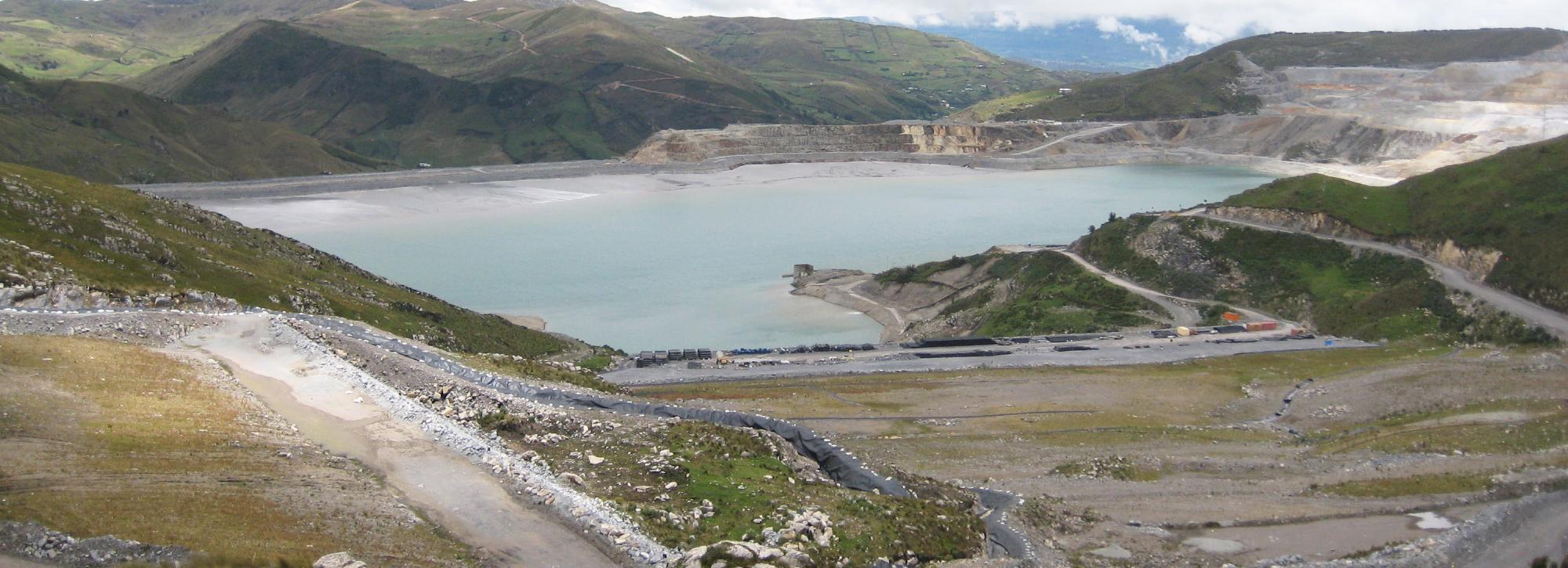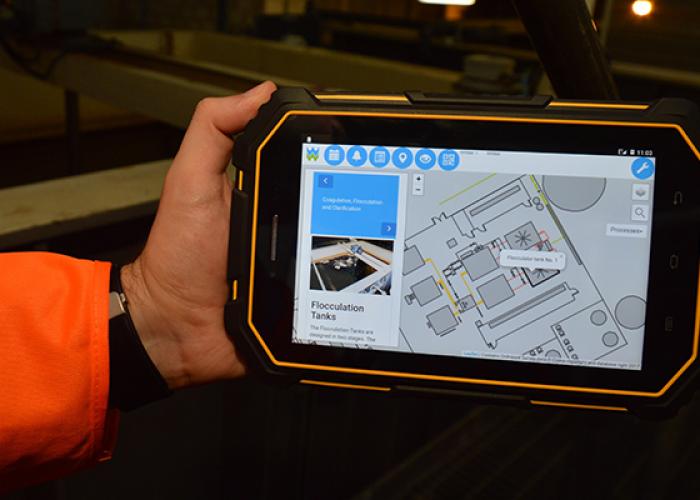
DAMSAT
Minimising the risk of dams failures using remote sensing data.
Dam Monitoring from SATellites (DAMSAT) uses satellite technology to remotely monitor water and tailings dams and other tailings deposit areas. It is an International Partnership Programme project, run by the UK Space Agency and funded by the Global Challenge Research Fund.
As part of the project, we have developed DAMSAT, a space-based dam monitoring system utilising Earth Observation (EO) and Global Navigation Satellite System technologies, combined with real-time in-situ devices. DAMSAT allows authorities to monitor dams remotely, particularly useful in isolated locations or where there are concerns about dam management.
Exploiting remote sensing data to monitor dams more effectively should allow for quicker action to be taken to avoid dam failures.
Monitoring dams remotely
The rate of failure of tailings dams is higher than for traditional water-retaining dams, owing to several factors including continual raising, and in some cases less rigorous construction methods or supervision than for normal water-retaining dams, especially in low-income countries. The consequences of water dam failures can be equally catastrophic than those of tailings dams, as we have seen with a recent breach at Tiware dam in India.
There is an evident need for a cost-effective means of monitoring both operational and abandoned dams, especially those in remote locations, to help forecast potentially catastrophic failures and minimise their devastating effects. DAMSAT could help by alerting authorities of problems with structures before they fail, thus reducing the risks to those living downstream of dams.
The project aims to:
- support the reduction of the social, economic and environmental impacts of water and tailings dams and other storage facilities failures in two areas in Peru, in the regions of Cajamarca and Pasco;
- influence the adoption of Earth Observation monitoring tools for dams and tailings storage facilities by engaging with key stakeholders;
- provide key stakeholders with an operational service to support the decision-making process to reduce the probability of failure of water and tailings dams or other tailings storage facilities, and its potential impacts downstream.
Contributing to UN SDGs
This project contributes towards two of the United Nations Sustainable Development Goals (SDGs):
- SDG 6.3: Improve water quality by reducing pollution, eliminating dumping and minimizing the release of hazardous chemicals and materials, halving the proportion of untreated wastewater and substantially increasing recycling and safe reuse globally.
- SDG 1.5 Number of deaths, missing persons and directly affected persons attributed to disasters.
The project involves working with government agencies, multi-national mining companies and local stakeholders in Peru, to test the approach on a number of sites, either operational, closed or abandoned.
What is DAMSAT?
Project consortium
The project consortium is made up of
- UK partners
Telespazio VEGA, Siemens Corporate Technology, Satellite Applications Cataplut, Oxford Policy Management, and the Smith School of Enterprise and the Environment at the University of Oxford;
- Peruvian partners
Ciemam SAC, the National Foundation for Hydraulic Engineering, and the National University of Cajamarca (School of Hydraulic Engineering and Faculty of Engineering).
A project funded by

Want to know more?
Further information


